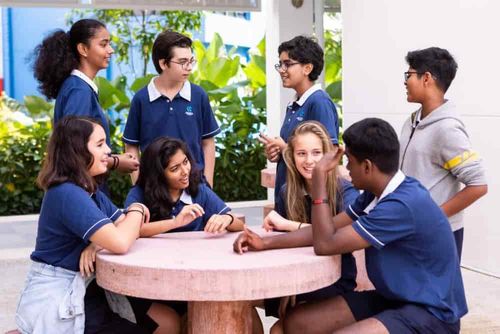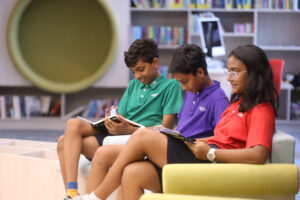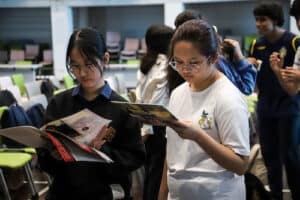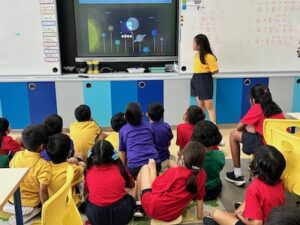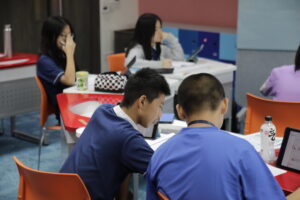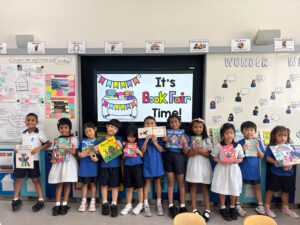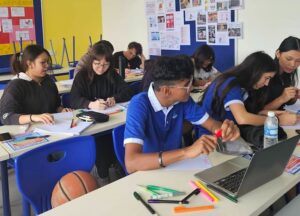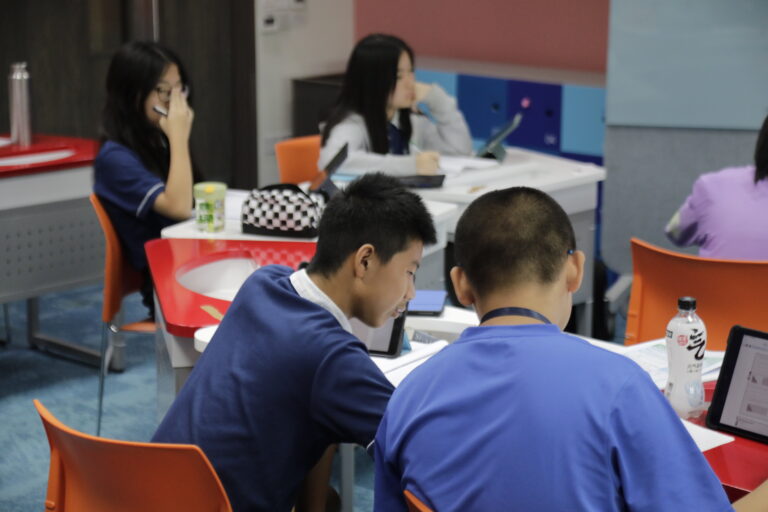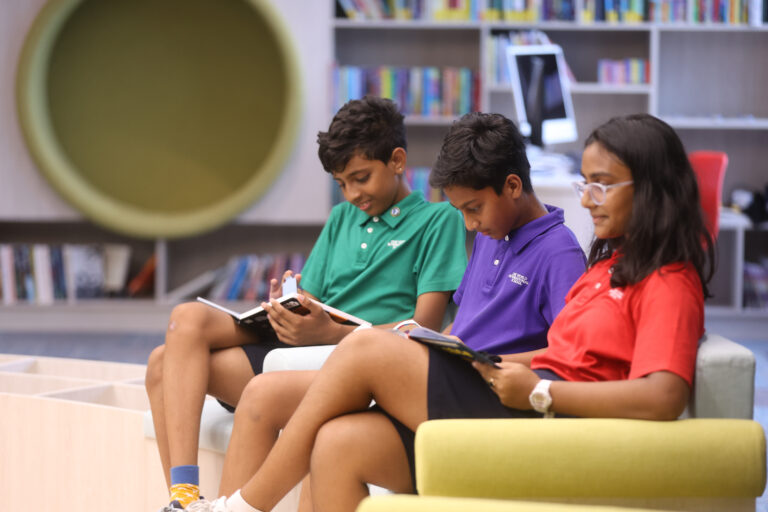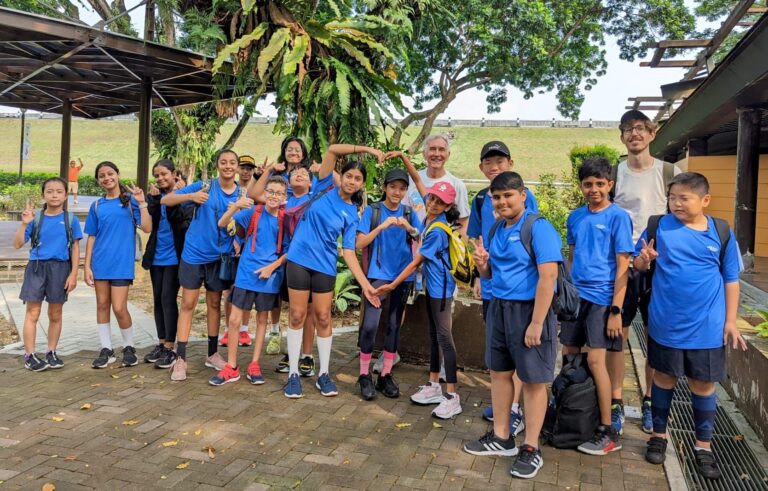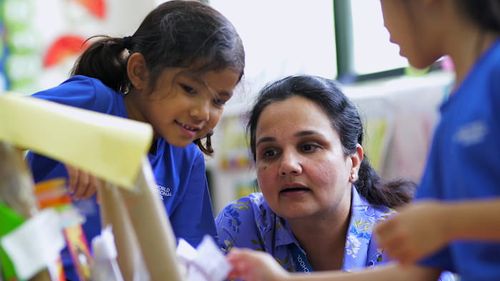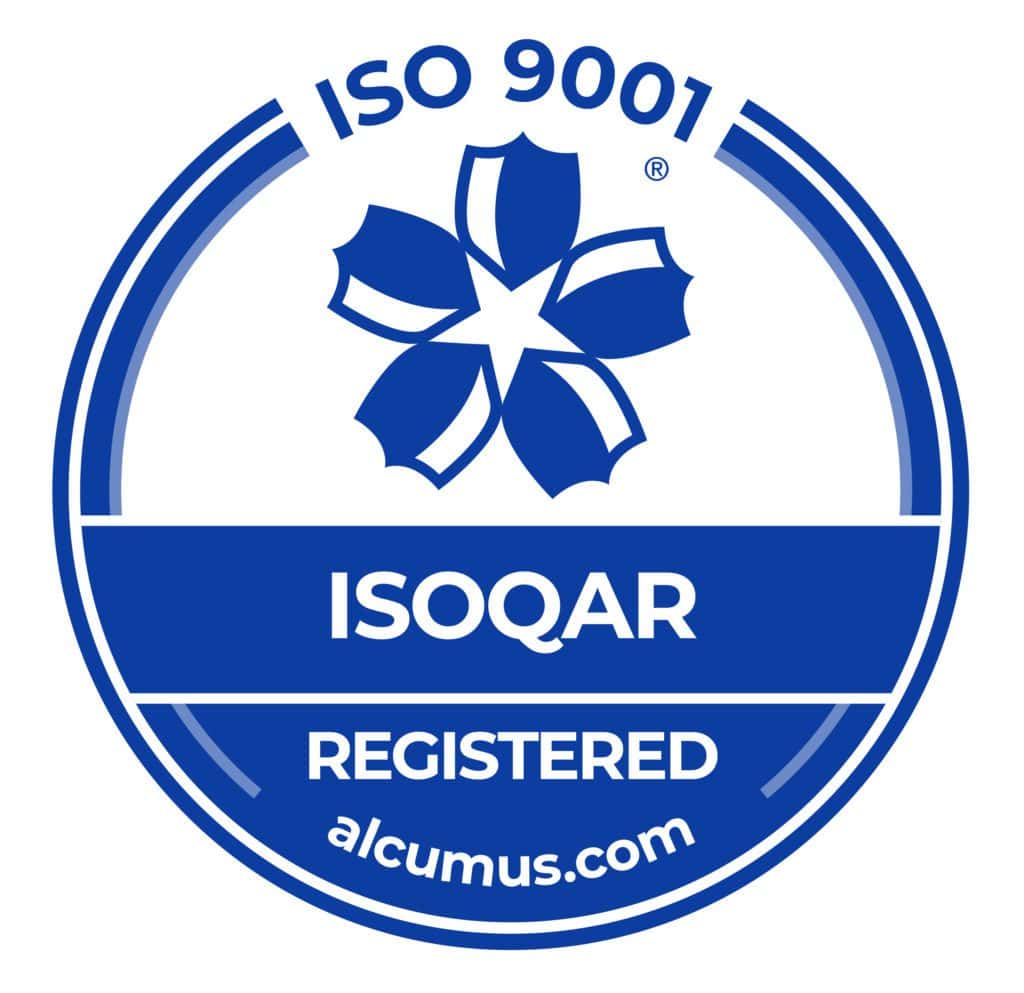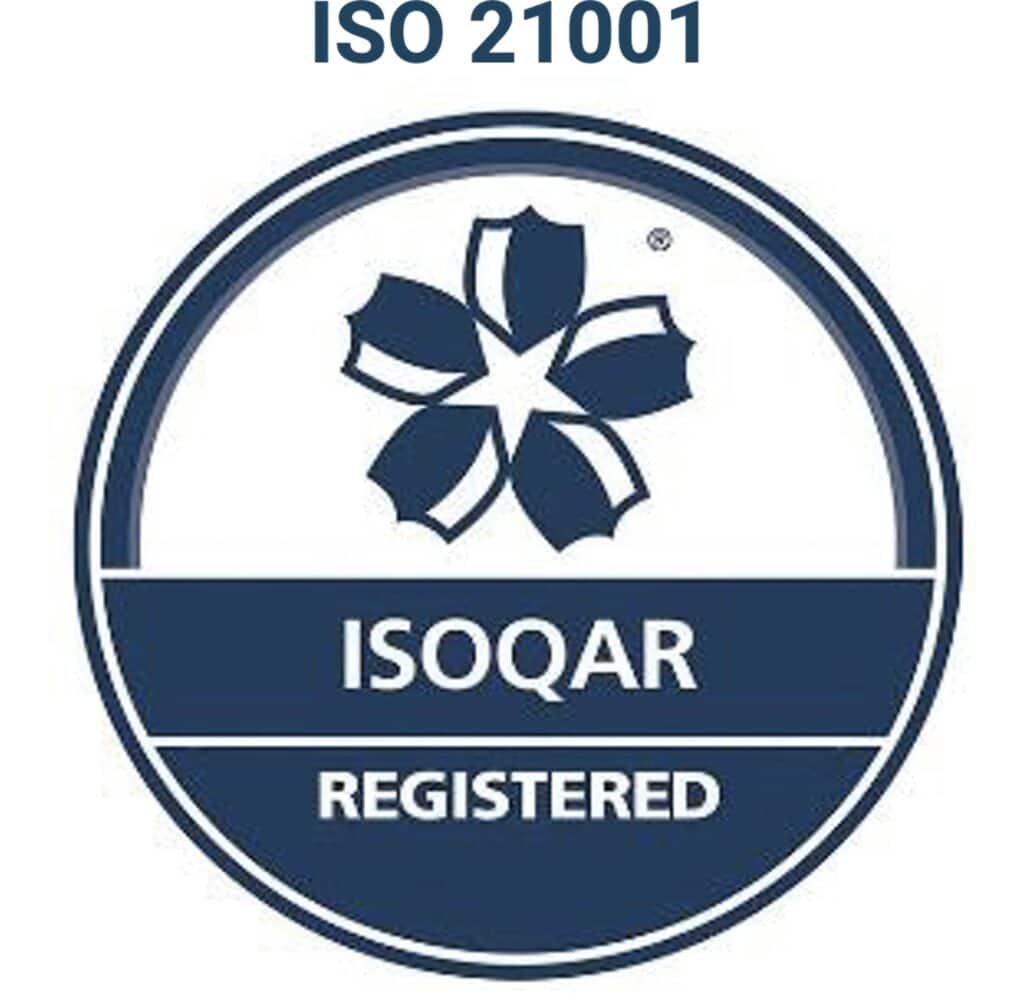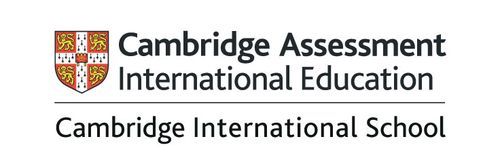When selecting an international school for their children, expatriate families should consider what type of curriculum the school adopts. There are a number of different types of curriculum, which range from play-based learning to structured curriculum, as well as country-specific learning. It is also important to consider things such as the convenience of location, how easy it will be for children to make friends and what extra opportunities are available, such as sports, trips and extracurricular activities. Combining these things will ensure that children are getting the most holistic education possible.
International schools in Singapore have the freedom and flexibility to decide which curriculum they choose to align with. The most popular options available are detailed below, the first 3 of which are available for children up to age 6.

Montessori
Montessori schools cultivate early learning by promoting children’s intrinsic motivation and self-discipline, with an emphasis on values such as kindness and self-respect. Teachers harness children’s natural curiosity by integrating their interests into the curriculum and encouraging an independent exploration of their environments. The teachers are highly trained and will offer age-appropriate opportunities, activities and support to guide the children. Children are able to make creative choices about their learning, and the classroom environment is beautifully crafted to support this. Montessori classrooms support all aspects of a child’s development by creating links between the child’s natural interest and the available activities. This helps them to build a foundation for lifelong learning and skill development. Children gain a deeper understanding of subjects such as mathematics, language, nature, science, social interactions, communication, music and much more.
Reggio Emilia
Reggio Emilia schools take a highly-versatile approach that can be adapted to the particular needs of schools and communities. Their curriculum focuses on hands-on learning and social collaboration, providing plenty of outdoor for children to explore their own interests. It takes the view that young children are inquisitive and curious about the world that they live in, and by harnessing this within their education, it gives them a much greater learning potential. Teachers give children a huge range of schooling opportunities and expose them to a range of experiences which encourages communication, self-expression, critical and logical thinking, problem-solving and much more. The topics are shaped around the children’s interests and encourage learning through exploration.
Singapore National – Nurturing Early Learners
The NEL uses a kindergarten structure to emphasise a holistic development for children, by nurturing their confidence and laying a solid foundation for their ongoing learning. Teachers use this structure to encourage children to relate well to others and know the difference between right and wrong. They also practice healthy and nutritional lifestyle habits, explore their environment, and communicate with a level of understanding relative to their years. While this model includes teacher-facilitated learning, there is enough flexibility for educators to customise the curriculum according to students’ needs and interests. The curriculum helps to develop children’s competencies that are relevant to the 21st century. It helps to equip them for lifelong learning while supporting their curiosity and confidence.
International Primary Curriculum
This thematic framework establishes specific learning goals for children aged between 5 and 11 years old, promoting personalised learning, creativity and open-mindedness. There is a strong focus on embracing integration and multiculturalism. There are 80 different themes of learning which are all child friendly and support children in their development. They include modern-day topics and themes that work to engage the children and make learning exciting. These themes run through different topics, allowing children to remain motivated when learning subjects such as geography, mathematics, science and language. The children learn how they all relate and integrate together. There will be many different types of learning, such as role play, teamwork, project-based work and home learning. The learning goals allow teachers to clearly distinguish different areas of children’s learning such as knowledge, understanding, communication and skills.
International Baccalaureate
Intended for students aged between 3 and 19 years old, the International Baccalaureate Programme supports all aspects of child development and offers a trans-disciplinary approach with a challenging and engaging curriculum. This framework equips students with the skills and knowledge to pursue higher education and rewarding careers at prestigious Universities. Throughout the programme, children reflect their learning through theory, creativity, practical activity and academic study.

Country-Specific Curricula
Among exploring the excellent schools Singapore offers international families, parents should consider their longer-term plans, and whether they plan to return to their home country in the near future. If so, they may opt for a schooling curriculum which aligns with their respective home country; country-specific curricula available in Singapore include American, Australian, German, French, Indian and British.
Many parents may only plan to stay in Singapore for 1 or two years before repatriating. For these families, it makes the most sense for their children to be studying a curriculum that they can continue studying when they return home. This means that the children will be aligned with and on the same learning pathway as their peers in their home country.
For the families who move often and may spend time in countries with a range of cultures, schooling options and lifestyle differences, it is often advantageous to send their children to a school that teaches an internationally recognised curriculum, such as the International Baccalaureate Primary Years Programme (IB PYP), International GCSE (IGCSE) or International Baccalaureate Diploma (IB DP). Currently there are 5,284 schools offering the IB Programmes across 158 countries, and this number is growing. This means that it is likely that wherever families choose to live, or when they repatriate, their children will be able to easily integrate into any new school which teaches the IB. They will be able to seamlessly pick up where they left off and will feel that they are on an equal playing field with their new peers.
At OWIS we can support your child throughout these types of learning and guide them through the varied curricula options. We have students from all over the world and our main goal is to support them in whatever route they choose to take.
Interested in how OWIS can be a part of your child’s growth and development?
Please contact us for more information, or to book a tour. You can also download our eBook ‘K12 Education in Singapore’ which provides an in-depth look at the current educational system in Singapore.
This blog was originally written in collaboration with Jasween Gill, former Admissions and Communications Director, OWIS Nanyang and Suntec.
